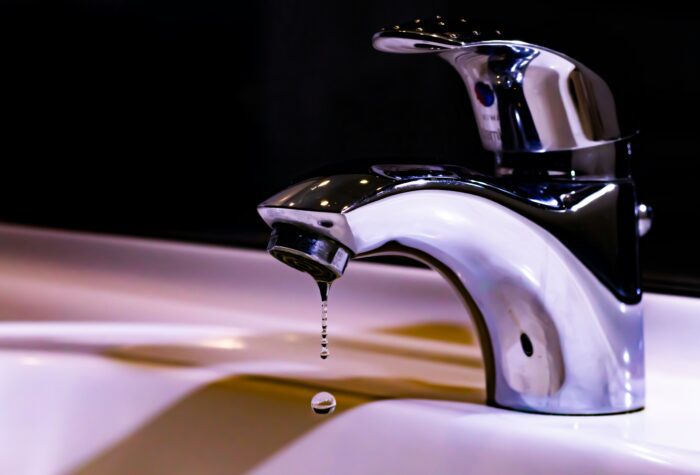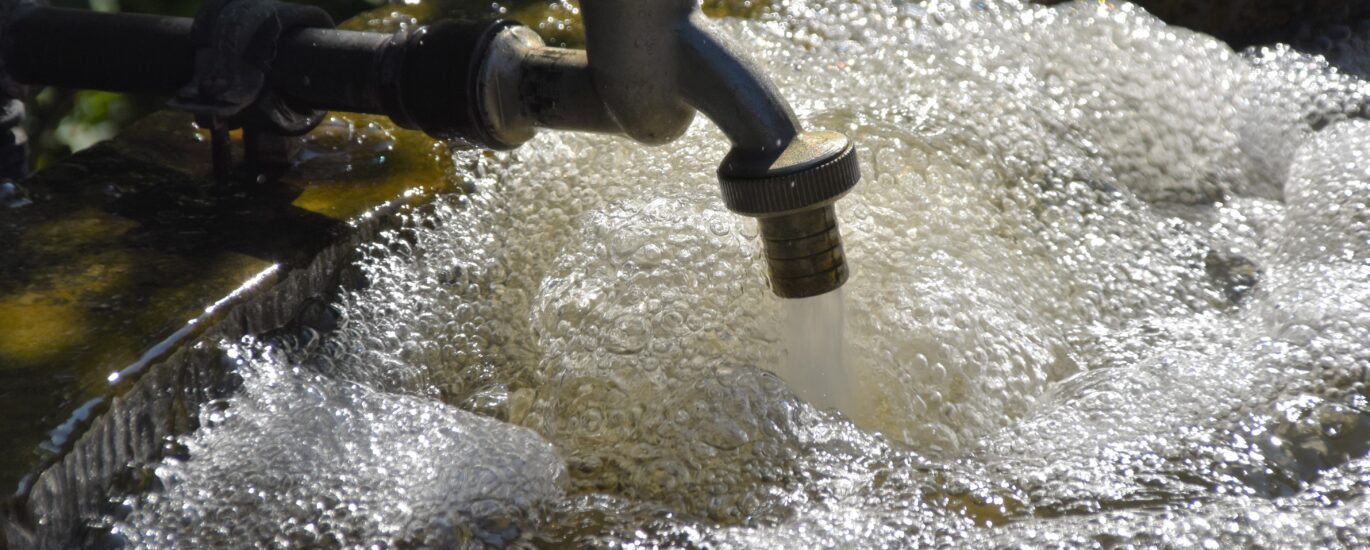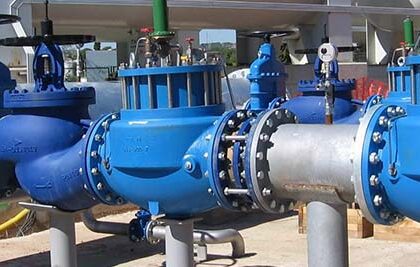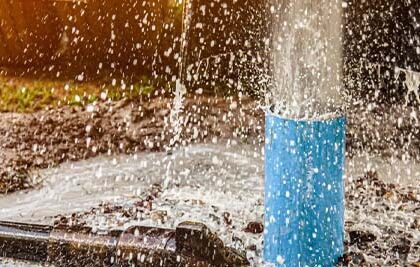Seventy-one percent of the world’s surface is water. 4% of it exists as fresh water, a more easy and less costly form to treat for suitability to the various water needs of domestic, industrial, or agricultural (irrigation and livestock). Startlingly, of the 4%, only 5% is safe for human consumption. Whereas fresh water is a renewable resource, it is also finite. The other forms of water include seawater and fossil groundwater (very deep groundwater).
Water demand can be defined as the total volume of water required to satisfactorily meet the water needs of a particular society at a specific time. In the context of water use efficiency, water demand can be defined as the total volume of water that can be precisely used through careful optimization in such a way that the best possible productivity per unit of water (e.g. cubic meter) is achieved.
As noted above, water is mainly required for industrial, domestic, and agricultural purposes. A careful analysis will reveal that the total amount of water required to meet these needs since time immemorial has been on the increase. And this demand is projected to soar in the future. Why? In the past, using the Stone Age error for example, owing to the less sophisticated way of living and less population, man only needed a few liters of water to meet all his daily water needs.
However, as man has been growing more sophisticated in all aspects, including the invention of various methods/ways or technologies such as dishwashers, washing machines, flushing toilets, etc., of exploiting and using water, most of which aimed at improving sanitation and hygiene, so has the demand for more water to meet those needs.
On the other hand, as the current developing countries inevitably transition into developed ones, more factories that need water for various uses will be set up while the surface area for irrigation will increase. Furthermore, the human population is only projected to increase. These will further add additional demand for water.

From the above discussion, it is also important to note that the per capita water demand has been increasing over time. Per capita water demand is the volume of water required by an individual to meet all their life and hygienic needs in a given time span e.g. daily. This is largely influenced by the level of economic development and ease of accessibility of water. For instance, an urban dweller who uses a flashing toilet surely needs more water than his rural counterpart who uses a pit latrine. However, accessibility to safe drinking water is now rightly viewed as a fundamental human right. Therefore, as rural people develop through well-focused commercial farming, for example, and as the issue of accessibility is addressed, this disparity may not be anymore, bringing with it more demand for water.
There is no more readily available water now than there was centuries ago when the world population was only a small fraction of its current size. Unsurprisingly, according to World Resources 2000, the availability of freshwater has dropped from 17000m/person in 1950 to 7044m in 2000.
Worryingly as the situation seems to be, and projected to deteriorate further if well thought multidisciplinary decisions aimed at achieving sustainable water use efficiency are not implemented, it is important to note that the Homo sapiens (human beings) are not the only species who need water.
A Substantial amount of readily available fresh water is also required to sustain natural aquatic ecosystems. It is important to note that inadvertently, the survival of human beings directly or indirectly depends on the health of these natural ecosystems. These systems are regulators of water quality and quantity. On the other hand, species such as fish are now economic goods, directly fending incomes for very many people along the fishing-eating value chain.
Therefore, the abstraction of water for such uses as domestic, industrial or agriculture must be carefully and properly done in order to ensure water needed to sustain the health of the aquatic systems is not compromised. On the other hand, pollution of aquatic ecosystems as well as encroachment and reclamation on those systems should be checked.











